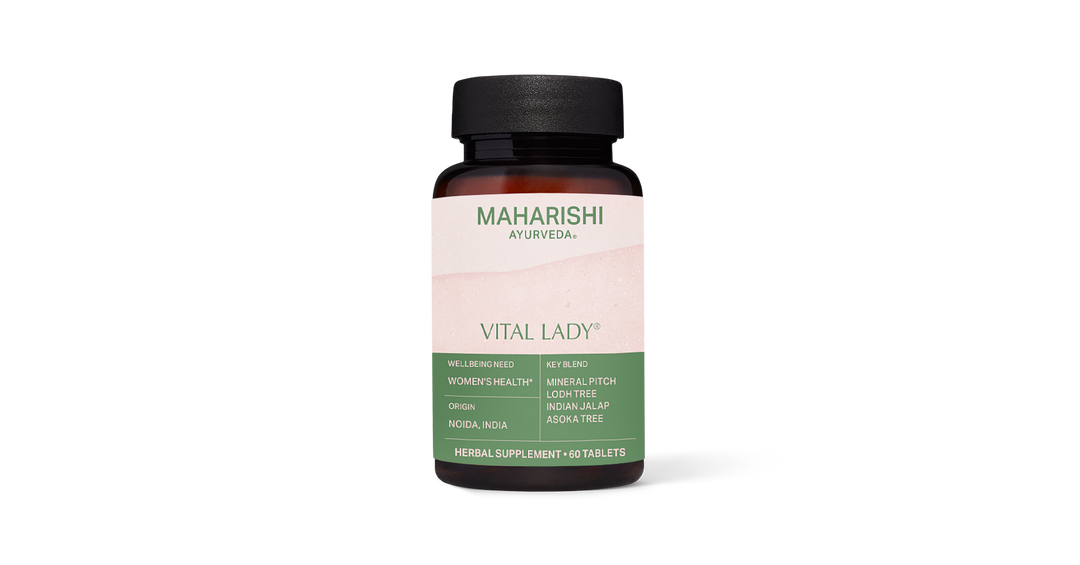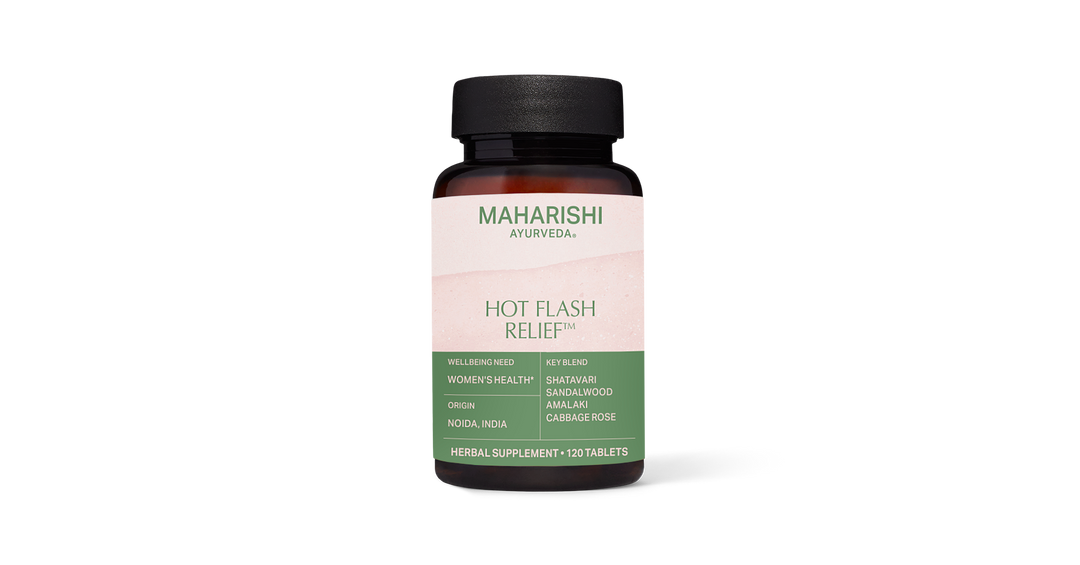Why we love this recipe
What is kitchari?
Kitchari is an easy, one-pot meal made with basmati rice and mung beans cooked in a ratio of 2:1, with water and a little ghee. A simple but versatile Ayurvedic stew, kitchari can be made in 100 different ways for different purposes.
Once you get the hang of this basic Ayurvedic kitchari recipe, you can experiment with different spices and flavors. You can add whichever veggies you like (mixed greens are particularly good for the monthly cycle) and make it more hearty or soupy, depending on your preference.
Kitchari for your dosha type
You can also tailor this traditional Ayurvedic dish to your unique mind-body type, or dosha type (a.k.a. your Ayurvedic constitution). Here’s a great article on how to make kitchari for every dosha.
Here’s how to make basic kitchari:
Ingredients
- ½ cup of Basmati rice
- ¼ cup split mung dahl (this is the green dahl, split in half with the green cover intact)
- 1 tablespoon of ghee
- ½ teaspoon of cumin seeds
- A pinch of hing
- ½ teaspoon of turmeric powder
- About ½ -1 teaspoon of fresh ginger root, peeled and grated
- 2 cups of fresh, seasonal vegetables like carrots, green beans, zucchini, squash, etc., diced (small)
- 4 cups of water
- Sea salt to taste
Directions
- Wash rice and dahl separately in at least 3 changes of water and soak for about ½ hour.
- In a medium saucepan, heat the ghee; add asafetida and cumin seeds.
- When the seeds splutter and change color, add the ginger root and turmeric.
- Discard the water that the dahl and rice have been soaking in and add to the saucepan.
- Add 4 cups of water and salt and stir. Bring to a boil on high, then lower the heat to the lowest possible and cover pan.
- Allow to cook until rice and dahl are tender.
- Add the vegetables and cover again and allow to cook for 10 more minutes.
- If you desire the kitchari to be soupier, heat some more water separately and add to this for a more liquid consistency.
If your monthly cycle is a challenging time for you, be sure to check out our article on Ayurvedic herbs and lifestyle tips for a smoother cycle. You’ll learn which herbs are beneficial for hormonal balance, along with some helpful practices to try before, and during, your next cycle. You can also try more Ayurvedic recipes for your menstrual period.
© 1999, 2023 Maharishi AyurVeda Products International, Inc. (MAPI). All Rights Reserved. MAPI does not provide medical advice, diagnosis or treatment. These statements have not been evaluated by the Food and Drug Administration. Products are not intended to diagnose, treat, cure or prevent any disease. See additional information.




